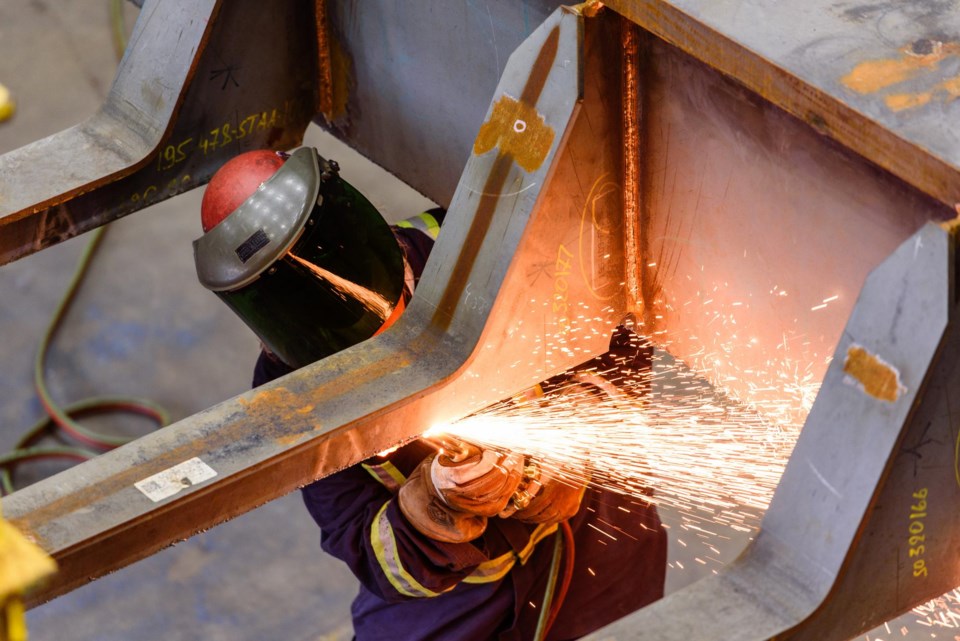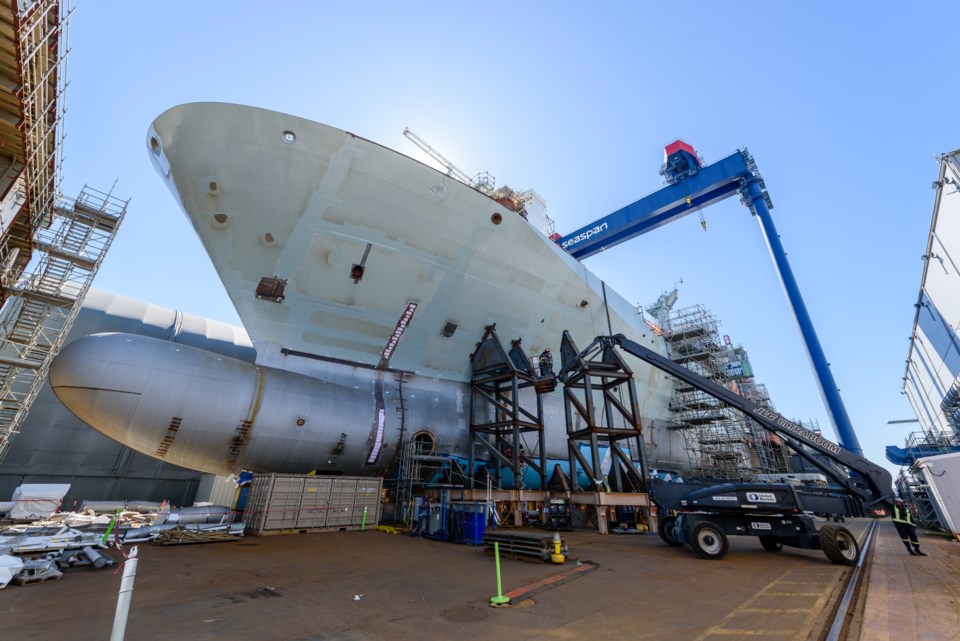Over the past decade, Canada and the maritime industry have invested heavily in our domestic shipbuilding capabilities to rebuild the capacity of this once thriving sector.
For Seaspan, it has been an incredible opportunity to reshape and reimagine the future. The nation is now witnessing the benefits of building large, complex ships by Canadians, in Canada, for Canada – through mission-ready vessels that align with the country’s values of protecting the environment and national sovereignty. Shipbuilding has once again become a boon for jobs and the country at-large, contributing billions of dollars to the Canadian economy.

Last month, Seaspan was honoured to launch the Canadian Coast Guard’s flagship science vessel, CCGS Naalak Nappaaluk. Canada’s newest and most modern research vessel is named after a well-respected elder from Nunavik, who was a renowned promoter of Inuit language and culture. It is the fourth ship designed and built by Seaspan under the National Shipbuilding Strategy (NSS). The celebration marked the culmination of years of hard work and was a significant accomplishment for the entire Seaspan team and the cross-Canada partners that helped bring this ship to life.
The CCGS Naalak Nappaaluk is a floating laboratory that will change the face of ocean exploration in Canada and chart a new course for the Canadian Coast Guard and the important work underway by Fisheries and Oceans Canada.
As a Polar Class 6 vessel, the CCGS Naalak Nappaaluk is a highly advanced ice capable ship equipped with the latest scientific research apparatus. The new vessel will provide increased capability and capacity to support marine surveys and scientific research on ocean currents and the seabed in Atlantic Canada. It will also contribute directly to increasing Canada’s overall understanding of the impact that climate change has on the oceans.

A year of ship launches
Later this year, Seaspan is slated to launch the Royal Canadian Navy’s future HMCS Protecteur, the longest naval vessel ever constructed in Canada, and one of two Joint Support Ships Seaspan is building for the Royal Canadian Navy. At 173.7 metres, the new vessels are about 30 per cent longer than the current Halifax-class frigates.
These ships will provide support and supplies like fuel, food and other provisions to other Royal Canadian Navy and allied ships while at sea, allowing these vessels to operate away from port for longer periods of time. In addition, the vessels will support training and naval manoeuvres and humanitarian operations, ensuring Canada’s continued safety and security at home and abroad.
With each block, with each ship, Seaspan is committed to getting better, more efficient and faster. Already, Seaspan is achieving significant performance improvements that benefit all of the NSS programs, stemming from three key areas: design and engineering, production and supply chain. All this will add up to a smoother construction, launch and delivery, allowing ships to get in the water as soon as possible. Seaspan is looking forward to seeing the ships they construct sail with the Navy and Coast Guard as they perform their missions to protect Canada’s waters and other strategic interests, and advance critical ocean science in our country.
Seaspan is privileged to have the opportunity to be at the forefront of a changing industry. West Coast shipyards have a long history of contributing to Canada’s security and sovereignty, and Seaspan’s work is helping to revitalize a shipbuilding legacy that started generations ago.
For more information, visit www.seaspan.com



